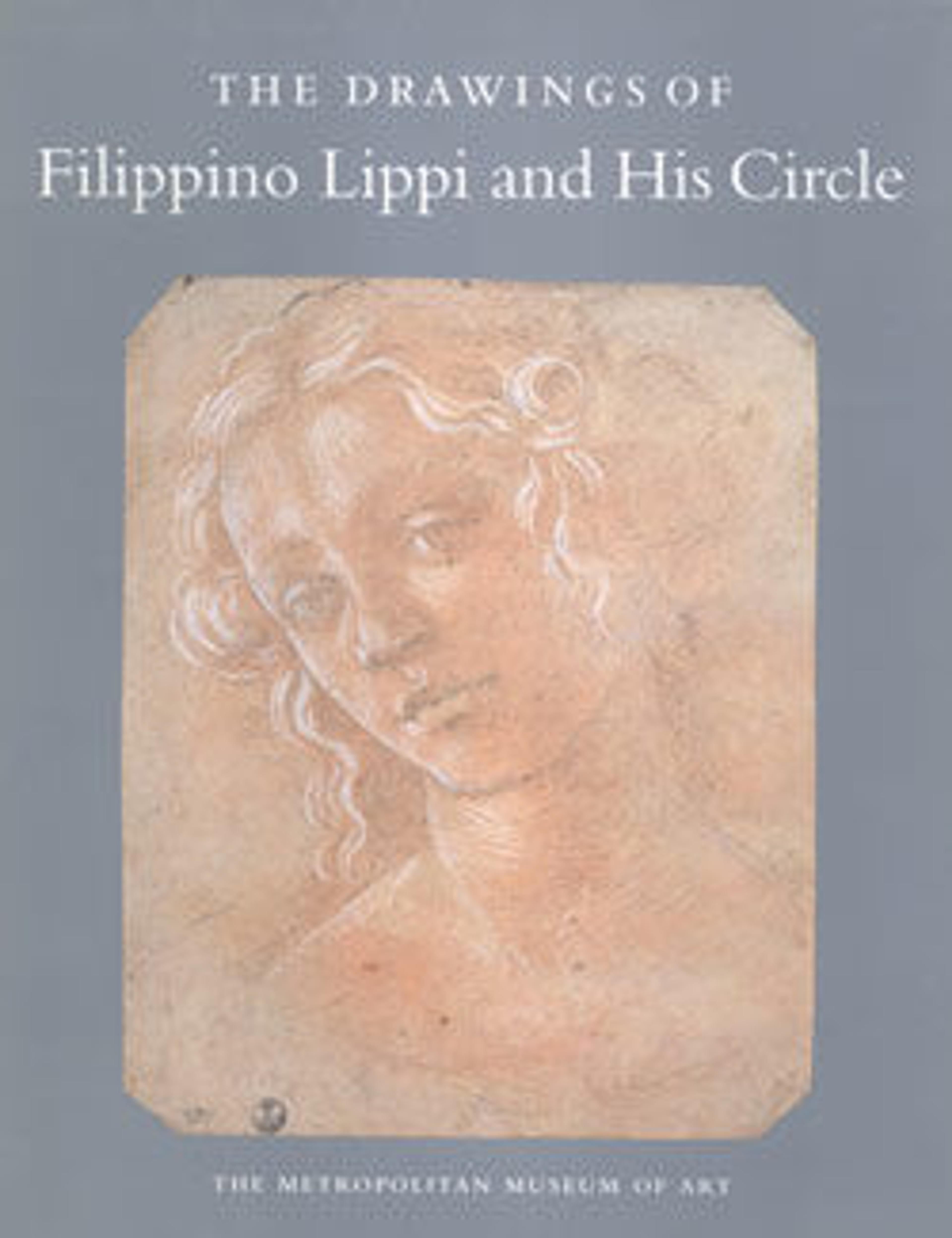Standing Youth with Hands Behind His Back, and a Seated Youth Reading (recto); Two Studies of Hands (verso)
This sheet of figure studies illustrates Filippino Lippi’s virtuosity as a draftsman. His handling of the challenging technique of metalpoint is precise and descriptive. The lean, muscular male nude at left was conceived as preparatory study for either a Saint Sebastian or for Christ in a Flagellation scene. The study at right of a seated young man reading a book is probably of a workshop assistant posing as a model. The two faded studies of hands on the verso are of weaker execution than the figures on the recto. Extremely rare in Filippino's oeuvre for their large scale, they are in a style that dates no later than his Lucchese period, 1482–83, as exemplified by his Magrini altarpiece in Lucca.
(Carmen C. Bambach, 1997, revised 2014)
(Carmen C. Bambach, 1997, revised 2014)
Artwork Details
- Title:Standing Youth with Hands Behind His Back, and a Seated Youth Reading (recto); Two Studies of Hands (verso)
- Artist:Filippino Lippi (Italian, Prato ca. 1457–1504 Florence)
- Date:1457/58–1504
- Medium:Metalpoint, highlighted with white gouache, on pink prepared paper (recto); metalpoint, on pink prepared paper (verso)
- Dimensions:sheet: 9 5/8 x 8 1/2 in. (24.5 x 21.6 cm)
- Classification:Drawings
- Credit Line:Harris Brisbane Dick Fund, 1936
- Object Number:36.101.1
- Curatorial Department: Drawings and Prints
More Artwork
Research Resources
The Met provides unparalleled resources for research and welcomes an international community of students and scholars. The Met's Open Access API is where creators and researchers can connect to the The Met collection. Open Access data and public domain images are available for unrestricted commercial and noncommercial use without permission or fee.
To request images under copyright and other restrictions, please use this Image Request form.
Feedback
We continue to research and examine historical and cultural context for objects in The Met collection. If you have comments or questions about this object record, please contact us using the form below. The Museum looks forward to receiving your comments.
